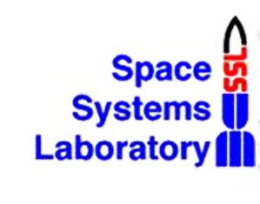
Space Systems Laboratory, University of Maryland
Founded at the Boston-based Massachusetts Institute of Technology back in 1976, the Space Systems Laboratory (SSL) early studies include space construction methods, which eventually led to the Experimental Assembly of Structures in EVA or EASE flight experiment, which was onboard Space Shuttle mission STS-61-B back in 1985.
In 1990, the lab moved to the University of Maryland through the direction of its director, Dr. Dave Akin. And two years later in 1992, the Neutral Buoyancy Research facility was completed, paving the way for advance research in the field of space robotics and buoyancy in space.
SSL is part of the University of Maryland’s A. James Clark School of Engineering and Aerospace Engineering Department found at College Park, Maryland. This laboratory has long been acclaimed to be a leader in astronautics, concentrating around its 50-foot diameter, 25-foot deep water tank: the Neutral Buoyancy Research Facility.
This water tank is the only one of its kind housed inside a university, and is being utilized to simulate the microgravity environment of outer space. The facility is also being used by undergraduates and graduate research and the Space Systems Laboratory.
The lab’s research also focuses on space robotics, on various human factors, on the applications of Artificial Intelligence and on the essentials of space simulation. Among its projects includes a four armed satellite repair robot called the Ranger. Another is the SCAMP, which is a free flying underwater camera platform. Both these robots, together with their predecessors, were developed and created at the lab’s facility, with the Ranger and SCAMP created in 1996.
Also included in their notable projects are the Power Glove, which is a prototype motorized spacesuit glove which aims to reduce hand fatigue on astronauts, the simplified neutral buoyancy spacesuit MX-2 Suit used in EVA Research, and the TSUNAMI, which is an apparatus to test human neuromuscular adaptation in various gravitational fields and diverse simulations of weightlessness.